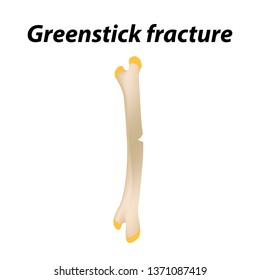Simply When You Think Alleviation Is Near, Soft Tissue Treatment Reveals Its Awkward Truths-- Find Why The Procedure Can Be Unpleasant Yet Valuable
Simply When You Think Alleviation Is Near, Soft Tissue Treatment Reveals Its Awkward Truths-- Find Why The Procedure Can Be Unpleasant Yet Valuable
Blog Article
Short Article By-Boysen Yildiz
When you undergo soft Tissue treatment, you might discover it surprisingly awkward. can cupping cause swollen lymph nodes emerges as pressure is put on tense muscles and broken cells, causing your discomfort receptors. While it can really feel traumatic in the minute, there's a factor behind this feeling. Understanding what takes place in your body during these therapies can aid you value the process. So, what exactly is taking place beneath the surface area?
The Physiology of Pain During Soft Tissue Treatment
When you undergo soft Tissue treatment, your body's reaction to pain is a complex interaction of physical procedures. As the therapist applies stress, your body triggers pain receptors, sending out signals to your mind. This causes the release of natural chemicals, such as material P and glutamate, which amplify the feeling of pain.
Your muscular tissues might also tense up in reaction, more complicating the experience. On mouse click for source of that, your body may release endorphins, all-natural pain relievers that can help ease some pain.
The interaction in between these procedures can create a special experience for each and every person. Comprehending this physical feedback assists you browse the feelings throughout therapy, permitting you to value the equilibrium in between discomfort and the capacity for recovery benefits.
The Role of Pain in the Healing Refine
Although pain throughout soft Tissue therapy can really feel frustrating, it plays a crucial duty in the healing procedure. When you experience discomfort, your body is signaling that it's working to fix damaged cells. This feedback assists increase blood circulation to the damaged area, delivering important nutrients and oxygen required for healing.
Furthermore, pain can promote the launch of endorphins, your body's all-natural pain relievers, creating a feeling of alleviation post-treatment. Accepting this discomfort can help you recognize your body's limitations and motivate you to deal with underlying problems.
While it's awkward now, this procedure is necessary for lasting recuperation and improved feature. Identifying pain as a vital part of healing can equip you to remain dedicated to your therapy.
Tips for Taking Care Of Discomfort During and After Treatment
Managing pain during and after soft Tissue treatment can considerably boost your total experience and recuperation.
To begin, connect freely with your specialist about your pain degrees; they can change strategies appropriately. Making use of deep breathing techniques can likewise help you kick back and ease discomfort.
Consider applying ice to the cured area post-session to minimize swelling and numb soreness. Staying moisturized aids in the recuperation procedure, so consume alcohol plenty of water.
Mild extending and light motion after treatment can advertise blood flow and simplicity rigidity. Lastly, ensure you get appropriate remainder to allow your body to heal.
Implementing these suggestions can make your soft Tissue treatment much more manageable and delightful.
Final thought
In conclusion, while soft Tissue treatment can be unpleasant, it's important to recognize that this pain plays an essential function in your healing journey. By comprehending the physiological responses at play, you can approach the therapy with an extra positive frame of mind. Remember, the initial pain usually paves the way to alleviation as your body releases endorphins. Welcome the procedure, and do not hesitate to utilize the suggestions for taking care of discomfort to boost your experience and healing.
